Hinchinbrook flood disaster: Ingham businesses struggle to battle back
Bureaucracy is hindering the Hinchinbrook’s recovery from the devastating floods. See what battling businesses and the mayor have to say.

News
Don't miss out on the headlines from News. Followed categories will be added to My News.
Bureaucracy is handicapping the efforts of resilient Ingham businesses attempting to hold their heads above water following the devastating Hinchinbrook floods, Mayor Ramon Jayo says.
The three-term mayor said the council was “continuing to lobby” the Queensland Reconstruction Authority and State Government about the eligibility criteria for grants for small business over a technicality.
“A lot of small businesses in our district were affected by the loss of power, which resulted in them suffering a substantial loss rather than a ‘direct’ affect by floodwater,” he said.
“The rules are that unless you are directly affected by floodwater you can’t qualify for any assistance and I think that is a total nonsense – the power was turned off as a direct result of floodwater.”
The Townsville Bulletin spoke to a number of businesses in the Ingham CBD that were continuing to fight for vital government assistance after suffering massive stock losses.
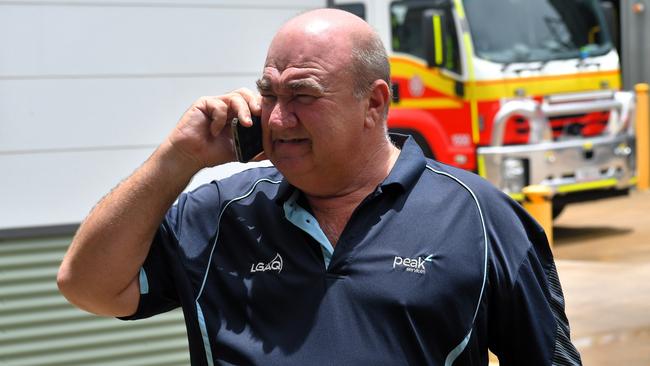
One of Ingham’s two famed delicatessens, Lou’s Food Emporium, lost $70,000 of high-end product alone while neighbouring Hotel Hinchinbrook’s highly regarded Harvest Restaurant also suffered.
Other businesses remain closed while some have shut for good.
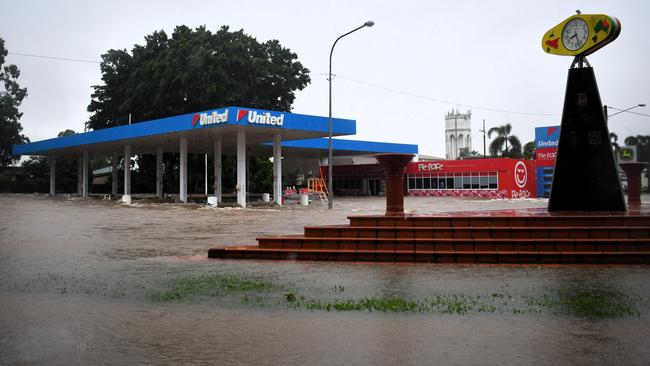
Mr Jayo said the council believed they were “having a win” with authorities over the ongoing dilemma.
“It’s just taking an inordinate amount of time to do so and these business can’t afford that, they need assistance and they need it now.”
He said the businesses not only provided essential services and products to the Hinchinbrook community, but employed dozens of people.
The Hinchinbrook Hotel alone employs more than 20 people.

“It carries right throughout; if the businesses close, there is a loss of jobs, it means there is a loss of economic benefit for our community,” he said.
“That is our main issue and we are arguing that very, very hard; there is sympathy in some quarters but there seems to be this general reluctance due the precedent it may create,” he said.
“It may create a precedent, but where else in Queensland was the power shut off by authorities for a week due to floodwaters? No-one is taking that into account.”
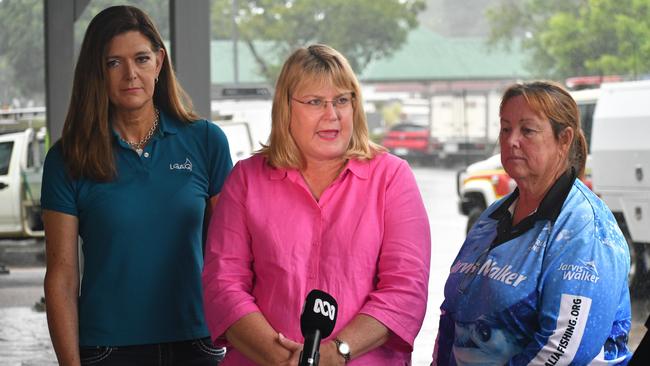
Disaster Recovery Minister Ann Leahy said the state government “recognised the significant impacts of prolonged power outages”.
“We have worked with the Commonwealth to extend the Exceptional Disaster Assistance Recovery Grants program to eligible small businesses impacted by power outages of five days or more, as well as those in the Hinchinbrook region that were affected by the de-energising of the Ingham Substation,” she said.
“More than $430m in recovery funding – including targeted assistance for small businesses and primary producers – has already been made available to support affected residents throughout the region.”
Insurance
Mr Jayo said that struggling businesses were also battling insurance companies on multiple fronts.
“There’s a lot of play on words on policies happening … we were assured by the Insurance Council of Australia that those issues would be solved pretty promptly but unfortunately that hasn’t occurred but we are still trying to resolve those.”
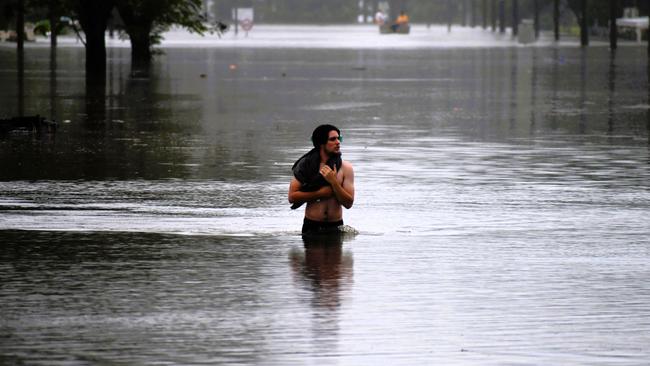
He said compounding concerns were issues about whether the floods were the result of rain or the breached Herbert River.
“I would like to acknowledge RACQ, they said ‘Mayor, it doesn’t matter if the water came from up top or down below, it is water, we will pay’,” he said, adding he hoped other insurers would follow the company’s stance.
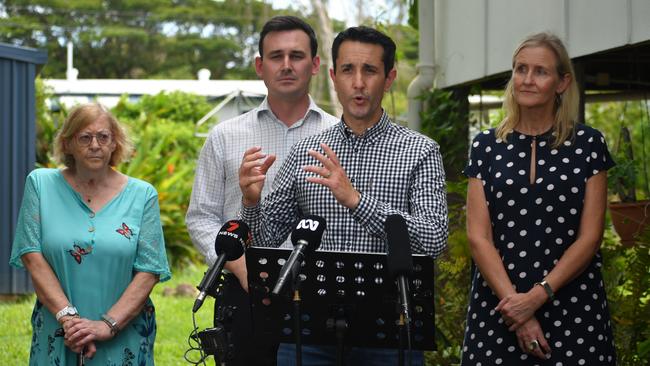
The Insurance Council of Australia said it was “committed to supporting households and businesses to get back on their feet as quickly as possible, which is why we prioritised getting insurers on the ground to support impacted communities and set up insurance hubs.”
A spokesperson said ongoing support for affected communities was its top priority.
“The ICA will host additional insurer forums in Ingham and Cardwell next week where people can meet one-on-one with their insurer to work through any issues, questions or concerns,” they said.
“Home and contents policies typically include cover for storms however coverage limits and exclusions may apply.”

The spokesperson said policyholders should check their Policy Disclosure Statement and contact their insurer for further information.
“Insurers have internal dispute resolution processes for customers to raise issues, and if they are not satisfied with the outcome of this process, they are able to raise a dispute with the independent Australian Financial Complaints Authority, a free service that is able to make binding rulings on insurers.”
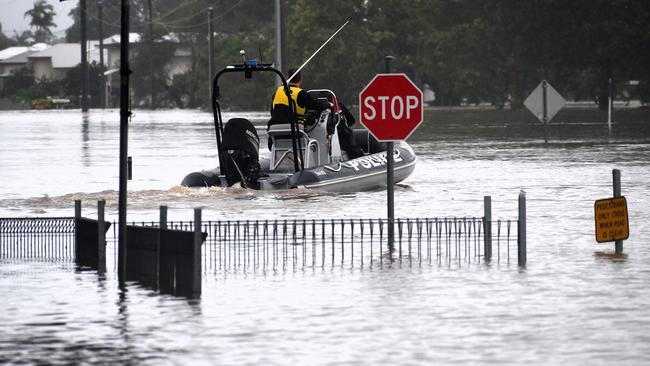
Agriculture
Mr Jayo said the agricultural sector, the main economic driving force in Hinchinbrook, was beset by its own set of issues, including eligibility for disaster-relief payments for cane-farmers who were working second jobs to help buy farms or pay off mortgages.
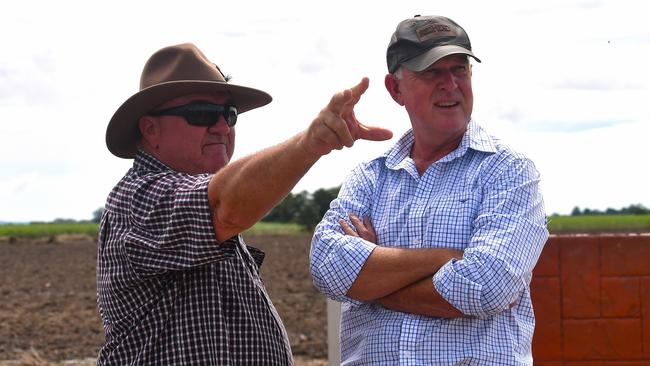
He has previously raised the issue with Primary Industries Minister Tony Perrett during his visit to the Shire during the disaster.
“The cost of living at the moment, which is not their fault, means they can’t live off the farm so they need secondary income – or even their partners – and immediately that happens they are precluded from any government assistance.”
He said there would not be a cane industry if farmers did not hold secondary jobs, including in vitally important roles as harvesting contractors.
“There would not be a cane-harvesting contractor in this district who is not a farmer.”
He said the council was fighting against all of the inconsistencies.
“We really need the state government to step up and listen to what we are saying … so that our businesses can recover, people can retain their jobs and we can get the economy pumping again.”
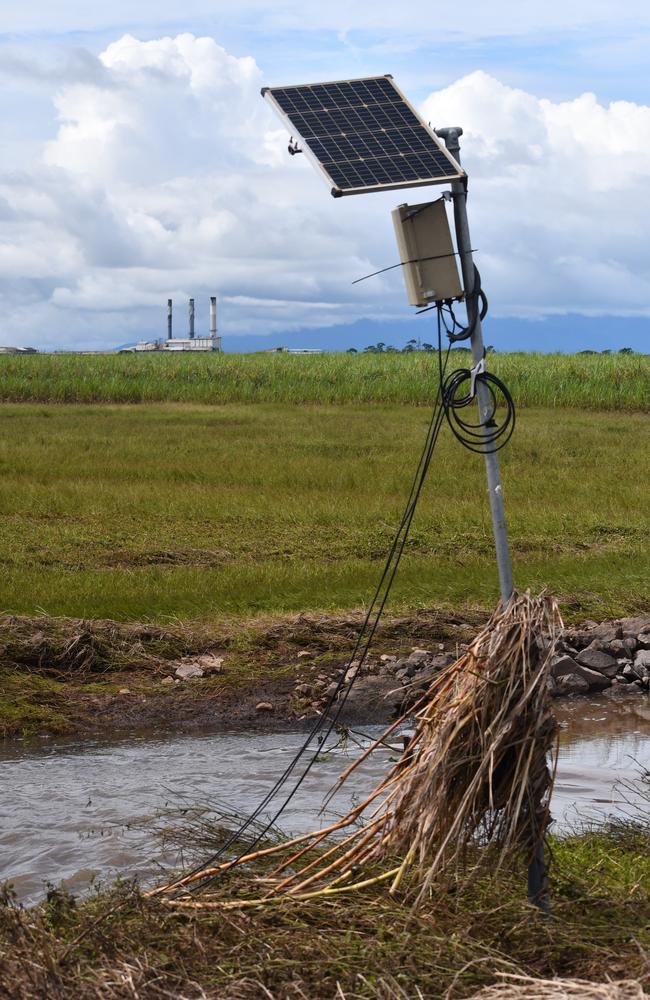
Primary Industries Minister Tony Perrett was one of the first ministers on the ground in Hinchinbrook in the wake of the disaster and has subsequently visited North Queensland a number of times.
A spokesperson said the state government was actively calling for a revision to the definition of ‘primary producer’ used for disaster assistance.
“Our government believes the definition needs updating so it is fit-for-purpose and reflects current agribusiness models and trends,” he said.
“This would include an acknowledgement that many genuine primary producers generate an off-farm income.”

The spokesperson said the minister understood that diversifying and generating an off-farm income made rural operations more resilient in the long term, saying he would be “disappointed if proactive producers continue to be penalised”.
They said the minister had written to federal Emergency Management Minister Jenny McAllister seeking an update on the status of any definition change.
“Disappointingly, two months on, Minister Perrett has still not received a response from the federal government.”
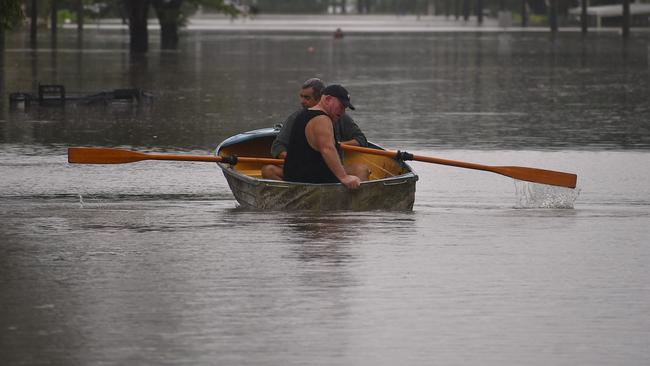
National Emergency Management Agency said the Disaster Recovery Funding Arrangements primary producer assistance was intended to support legitimate primary producers operating on a commercial basis.
The spokesperson said that in its first three months, the Crisafulli Government in partnership with the federal government made a “historic change to disaster funding so North Queensland farmers can access assistance to replant and reseed crops destroyed in flooding”.
“We will continue to work for the benefit of north Queensland’s primary producers recovering from this disaster.”

The National Emergency Management Agency said the Disaster Recovery Funding Arrangements primary producer assistance was intended to support legitimate primary producers operating on a commercial basis.
A NEMA spokesman said the current DRFA definition of a primary producer, introduced in 2007, included a primary source of income rule as a way of providing a means to quickly determine eligibility for assistance.
“However, recognising that some legitimate primary producers may not meet the primary source of income rule, states and territories are able to apply discretion and assess applicants on a case-by-case basis,” he said.
“Queensland Rural and Industry Development Authority (QRIDA), which administers the primary producer assistance, advises it will assess eligibility for grants on a case by case basis.
Details about the grant can be found at qrida.qld.gov.au.
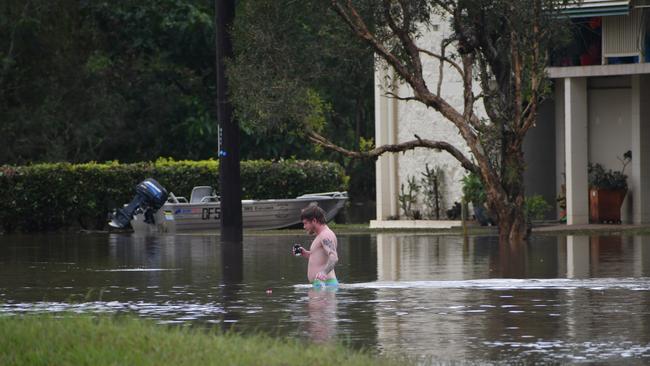
The spokesman said it had been actively engaging with the Queensland Government to address the need of primary producers, including by recently increasing the value of Disaster Recovery Grants from $25,000 to $75,000 for primary producers.
More than $430 million in recovery funding has been made available to support the region, including targeted assistance for small businesses and primary producers.
This includes support for individuals and families, primary producers, small businesses and not-for-profits.
More Coverage
Originally published as Hinchinbrook flood disaster: Ingham businesses struggle to battle back





